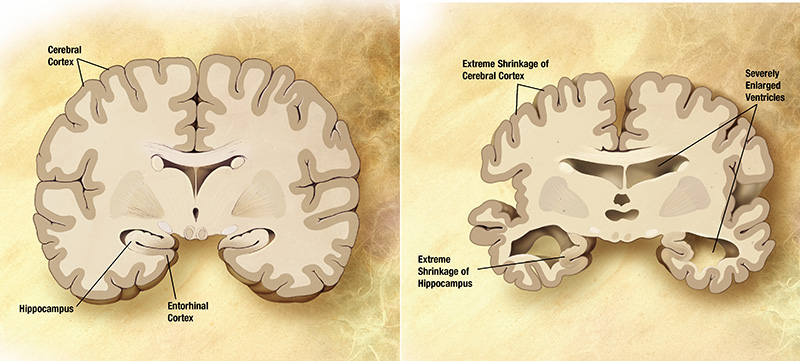Dementia is an overall term for a set of symptoms that are caused by disorders that affect the brain. Symptoms may include memory loss and difficulties with thinking, problem solving or language severe enough to reduce a person’s ability to perform everyday activities.
Here are some facts about dementia –
Dementia is an umbrella term used for diseases that affect cognitive abilities. Alzheimer’s is the most common form of dementia. Because it covers more than fifty percent of dementia cases; word Alzheimer’s is wrongly used as a synonym for dementia.
As of today, dementia has no cure. It is progressive, which means the symptoms will gradually get worse as more brain cells become damaged and eventually die. However, there is lot of hope among all the concerned as scientists all over the world are trying extremely hard to find ways to treat the disease.
Though age is an important risk factor for dementia, dementia is not part of ageing. That means not every elderly person is affected by dementia.
Dementia has physical, psychological, social and economic impacts. It not only affects people suffering from the disease but also those who take care of them.
Awareness about dementia is quite low, therefore it results into stigmatization and delays diagnosis. The caregiving process may also start without understanding the needs of the patient.
Life does not stop after getting the diagnosis of dementia. It is possible to continue living an active, and happy life even with dementia for a long time.
What happens when a person is affected by Alzheimer’s
Since Alzheimer’s is the most common type of dementia a great deal of research has been performed about it. Here is what we understand about Alzheimer’s.
Dr Alois Alzheimer’s first identified the disease in 1906. He described the two hallmarks of the disease ‘plaques’ which are numerous tiny deposits that are scattered throughout the brain that become toxic to brain cells at excessive levels and tangles which interfere with vita processes, eventually choking off the living cells. When brain cells degenerate an die, the brain markedly shrinks in some regions.
The image shows that a person with Alzheimer’s disease has less brain tissue (right) than a person who does not have the disease (left). This shrinkage will continue over time, affecting how the brain functions.

